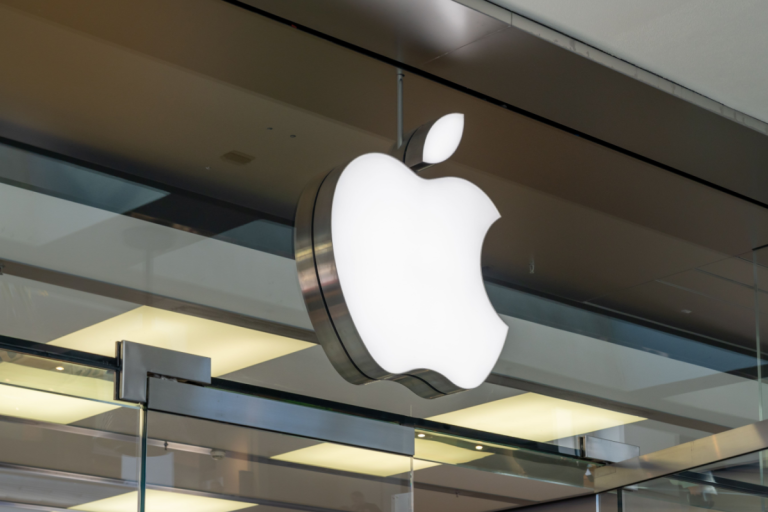Major Redesign with iPhone Air
Apple introduced its latest smartphone lineup on Tuesday at its Cupertino headquarters, headlined by the all-new iPhone Air. The model marks the company’s biggest design shift since the iPhone X in 2017. Built from titanium and reinforced with Ceramic Shield, the Air is Apple’s thinnest phone to date at just 5.6 millimeters. It features a 6.5-inch always-on display with Pro Motion technology and runs on the A19 Pro chip, which integrates advanced AI acceleration. The device also includes a new N1 wireless chip and C1X modem designed for improved efficiency, making it Apple’s most power-conscious handset yet.
Camera and Performance Enhancements
The iPhone Air’s rear 48-MP Fusion camera delivers 2x telephoto-like imaging, while its front-facing Center Stage camera enables landscape and portrait shots without repositioning the phone. Users can record video simultaneously from front and rear cameras, catering to content creators. Apple highlighted an all-day battery life, positioning the Air as a precursor to its anticipated foldable iPhone expected in 2026.
iPhone 17 and Pro Models
The standard iPhone 17, starting at $799, offers a 6.3-inch Pro Motion display with Ceramic Shield 2 for enhanced durability and glare resistance. Powered by the A19 chip, it is 20% faster than its predecessor. The model also introduces a 48-MP Fusion main camera, a 12-MP wide-angle lens, and improved selfie stabilization. It now comes with a minimum of 256GB storage.
The iPhone 17 Pro and Pro Max, priced from $1,099, incorporate the A19 Pro chip and a new aluminum unibody design. A built-in vapor chamber ensures better heat management and 40% improved sustained performance. The Pro Max boasts Apple’s longest-lasting battery yet. Camera upgrades are central, with three 48-MP Fusion lenses, including a telephoto lens capable of 8x optical zoom. A larger sensor also enhances image quality in distant shots.
Strategic Importance
The iPhone remains Apple’s core business driver, accounting for $201.2 billion of its $391 billion revenue in 2024. The new lineup, particularly the iPhone Air, is expected to fuel demand and maintain Apple’s dominance in the premium smartphone market. While the Pro series caters to users seeking advanced photography and performance, the Air represents Apple’s boldest step toward future innovation, laying groundwork for foldable devices.


